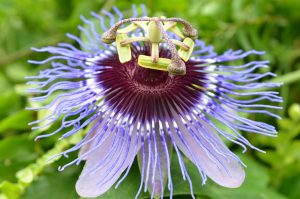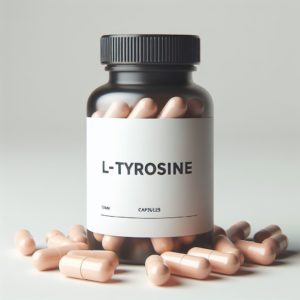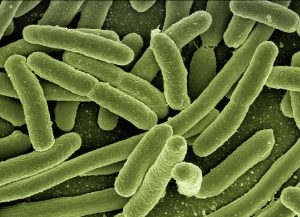Green Light Therapy
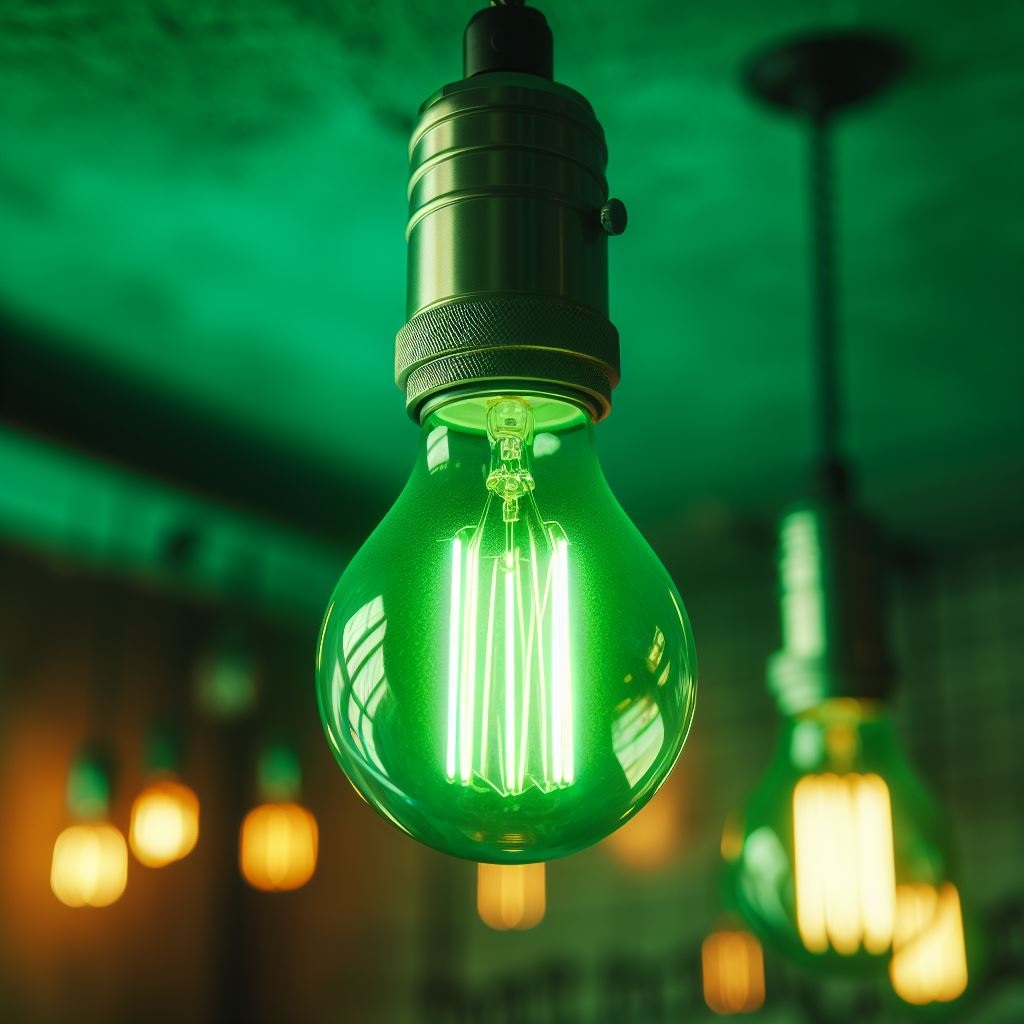
While red and infrared light therapy are becoming more mainstream, other colors of the light spectrum appear to have interesting potential. Recently, studies exploring exposure to green light and reductions in mood symptoms and pain have started to document benefits. Considering the safety and lack of side effects, if green light can produce clinically relevant reductions in depressive symptoms or pain, it may be worth considering.
Green Light Therapy
While red and infrared light therapies generally work by direct exposure of the body part to a treatment device that emits red light, green light therapy is generally applied through simple visual stimulation. In other words, individuals who are receiving green light therapy typically are just exposed visually to green light.
Green Light and Mood
One of the first studies on green light therapy explored its use for treating seasonal depression. While numerous studies have found that light boxes that emit bright light similar to daylight are effective for improving mood, the research on other colors of light has been less well explored. In the study, patients were exposed to two hours of green light or red light in the morning for a week. Green light was found to be more effective than red light and of similar efficacy to standard white lightbox therapy (Oren 1991). For depressed patients, green light reduced symptoms of depression by half.
However, a head-to-head trial comparing green light to white light therapy found white light to be more effective, decreasing depression levels by about half as compared to just a quarter with green light (Stewart 1991). Both of the green-light mood studies were small and likely not completely conclusive. Based on the findings, it appears likely that green light has antidepressant effects on its own that are at least sufficient to be clinically relevant. If someone doesn’t like bright white light, a green light box is a reasonable alternative for improving mood.
Green Light and Pain
In 2017, a study in rats was published that found long-lasting pain-relieving effects associated with green light exposure (Ibrahim 2017). The treatment worked for both acute and chronic pain. It also seemed necessary for rats to see the green light for the effects to occur. Rats fitted with opaque contact lenses had no pain relief, while rats fitted with green colored lenses without green light exposure also had reduced pain. Based on the findings, trials in humans for different pain conditions started to follow.
Fibromyalgia
Fibromyalgia is a common, chronic, whole-body pain condition. Unfortunately, standard treatments for fibromyalgia are not highly effective.
The first study to explore green light therapy for patients with fibromyalgia exposed patients to green light for about one and a half hours over the course of ten weeks (Martin 2021). White light was used as a placebo. When patients were exposed to green light therapy, pain scores decreased by more than 40%. Considering that there were no serious side effects from green light exposure, the findings are impressive.
A pilot study using green-tinted glasses that were worn for four hours a day for two weeks also found benefits in fibromyalgia (Nelli 2023). In the study, all patients were on opioid pain medication. Clear glasses and blue-tinted glasses were used for comparison. Over the course of the study, one-third of patients with green-tinted glasses were able to reduce their opioid use by 10% or more as compared to just 10% and 8% of patients with blue and clear glasses respectively. Opioids can be particularly challenging to reduce due to increased pain that can occur during withdrawal (Rieb 2016).
Migraines and Headaches
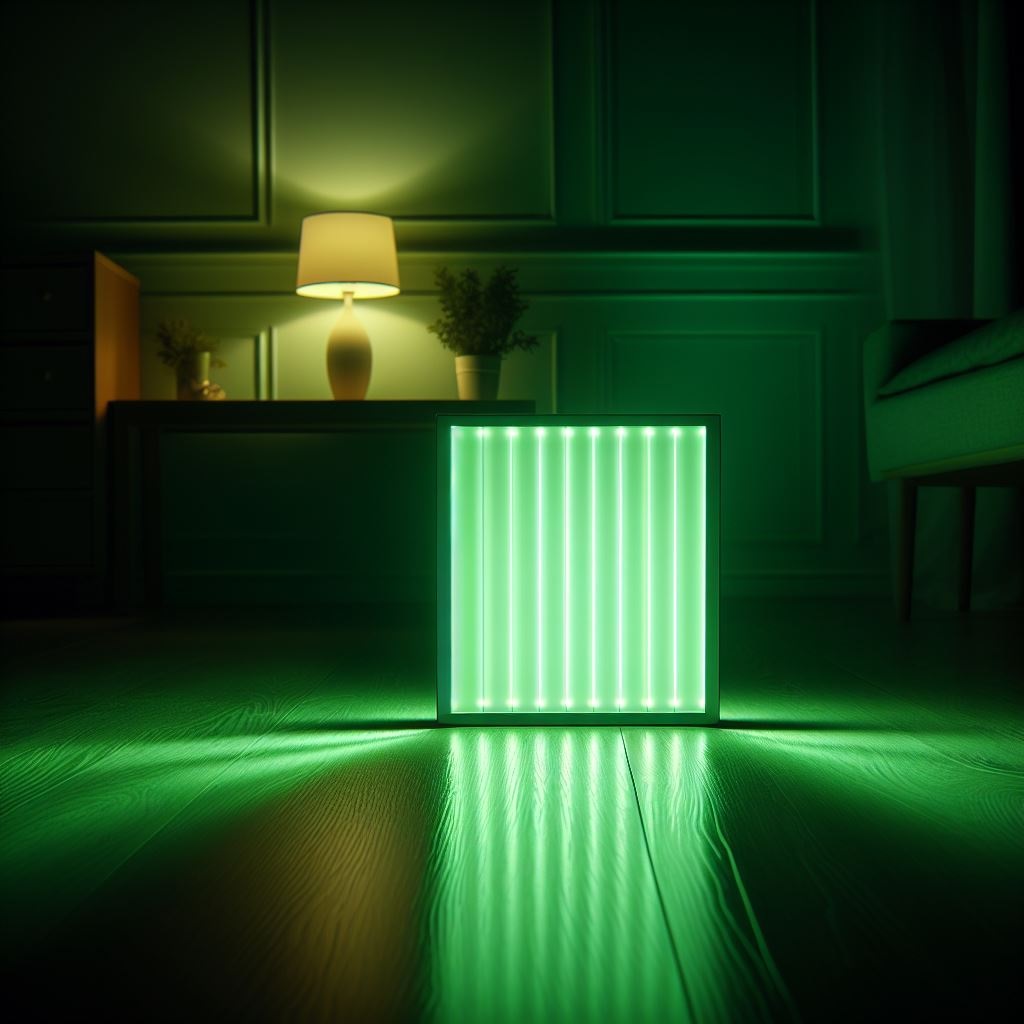
The other research around using green light therapy for pain relief revolves around migraine headaches. The small study included 29 patients who were exposed to green light for one to two hours per day over the course of ten weeks. At the end of the treatment course, the number of headache days per month decreased from 7.9 to 2.4 for patients with episodic migraines and 22.3 to 9.4 for chronic migraine patients. White light exposure, by way of comparison, had minimal effects (Martin 2021).
Interestingly, a case report of a color-blind man who couldn’t distinguish red, orange, yellow or green was treated with green light therapy and still showed benefits. His headache intensity decreased significantly by 50%, although the number of headache days remained unchanged (Cheng 2022).
Conclusion
Green light therapy is a treatment approach that may have potential for helping to improve mood while reducing the perception of pain. The therapy can likely be applied either through wearing green-colored glasses or exposure to green lights, typically produced by light-emitting diodes (LEDs). Considering the risks associated with many standard pain medications, green-light therapy could be a welcome addition to help provide a safer approach to pain management.
Join our email list for weekly articles on the best in natural and integrative medicine research!

